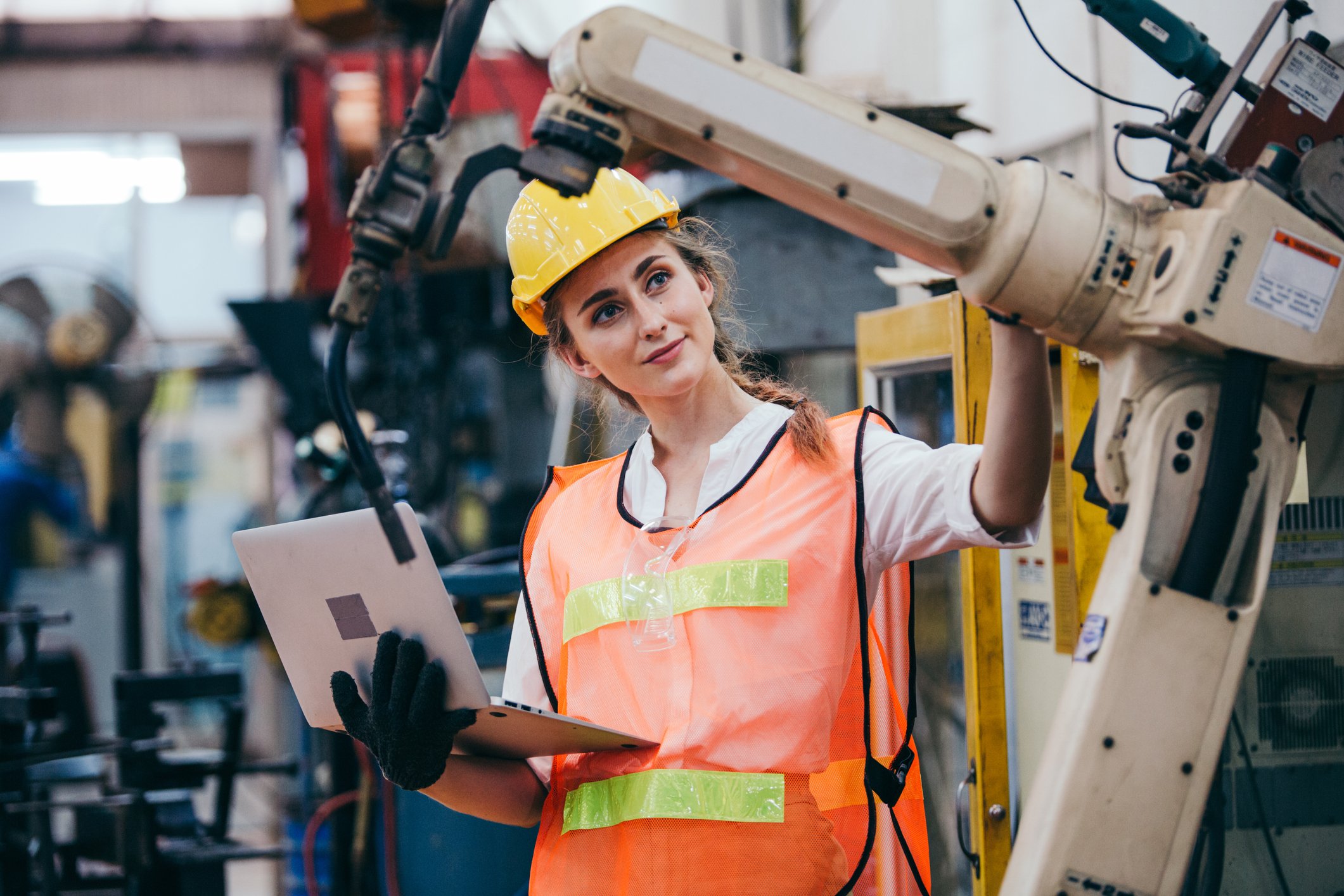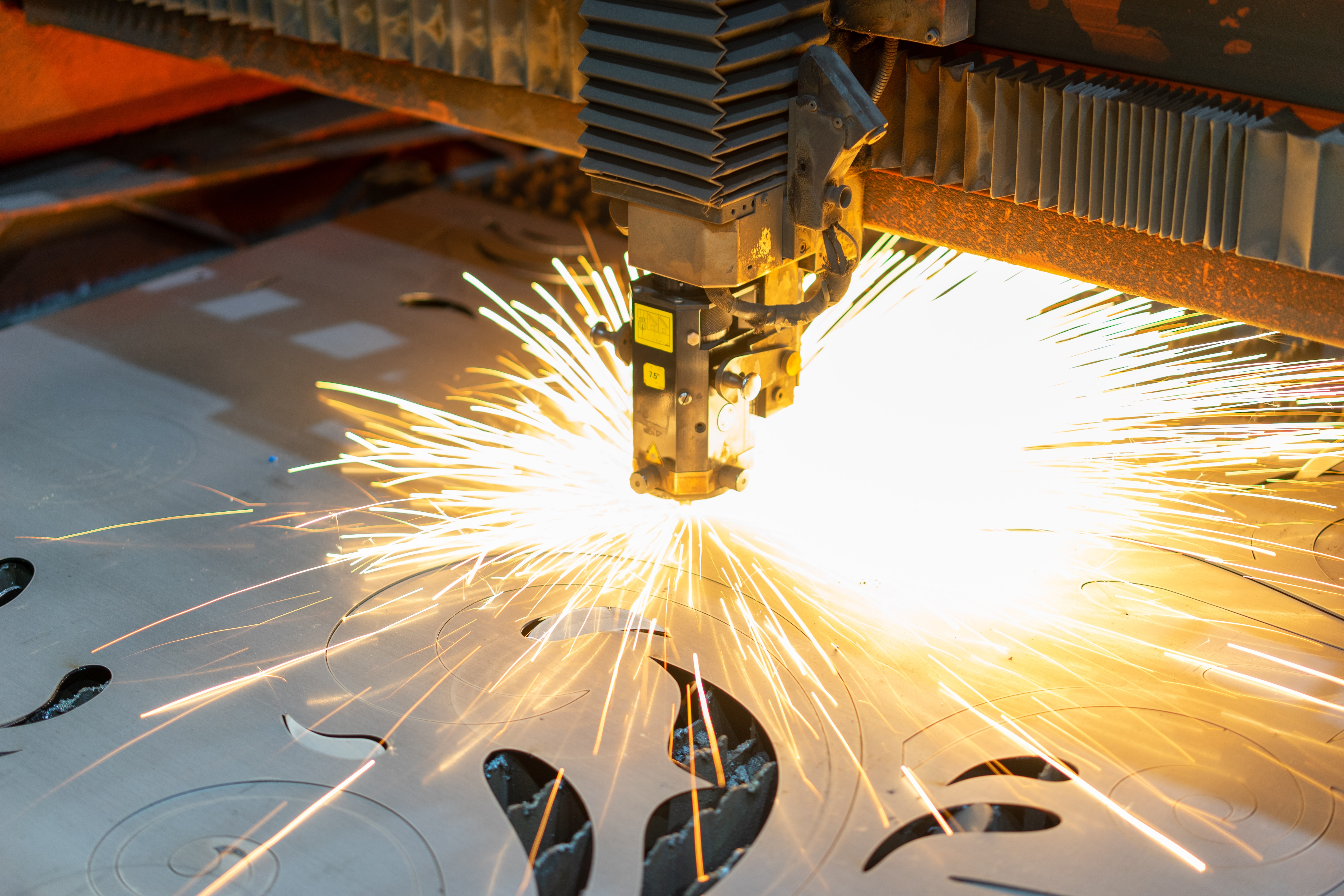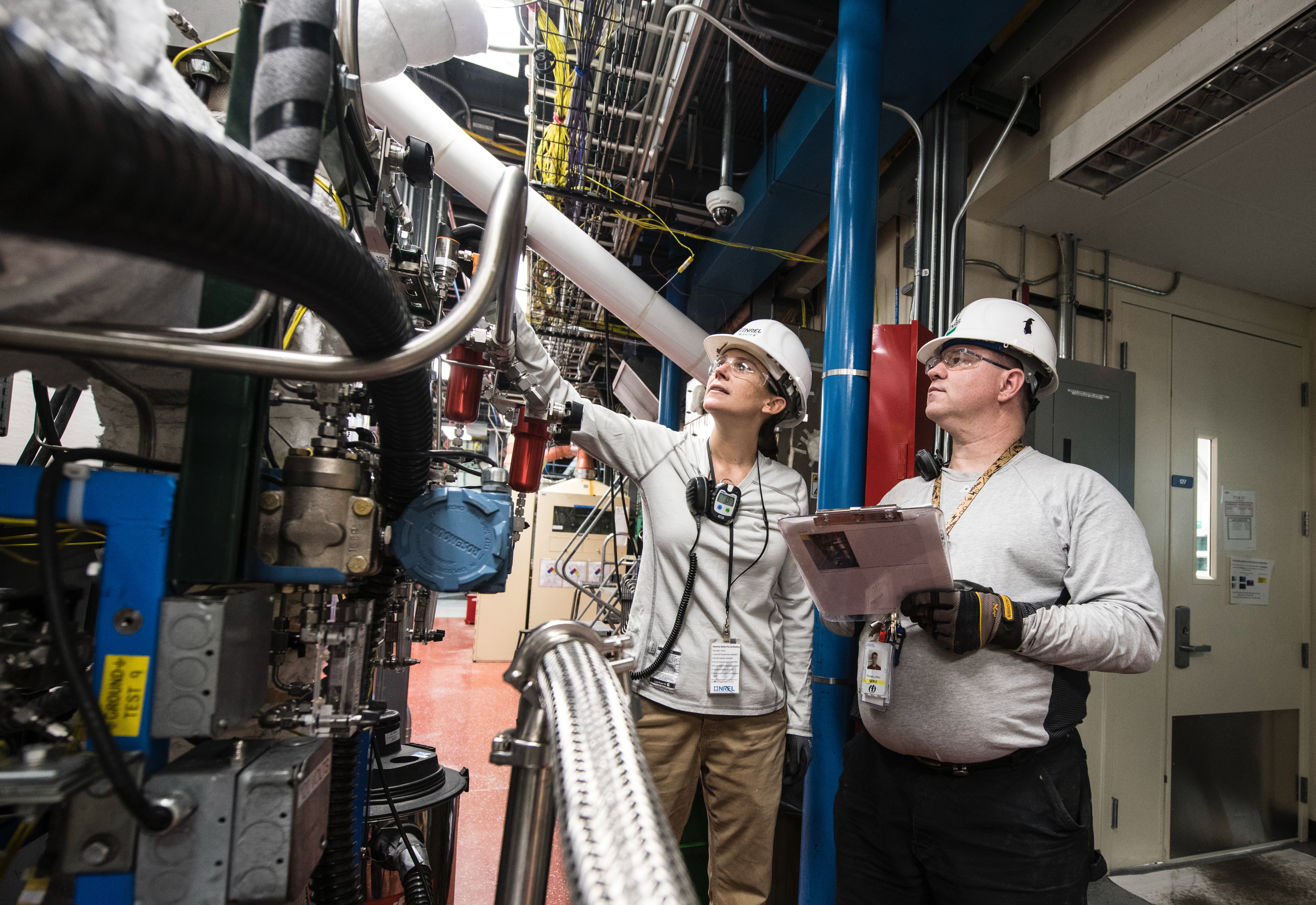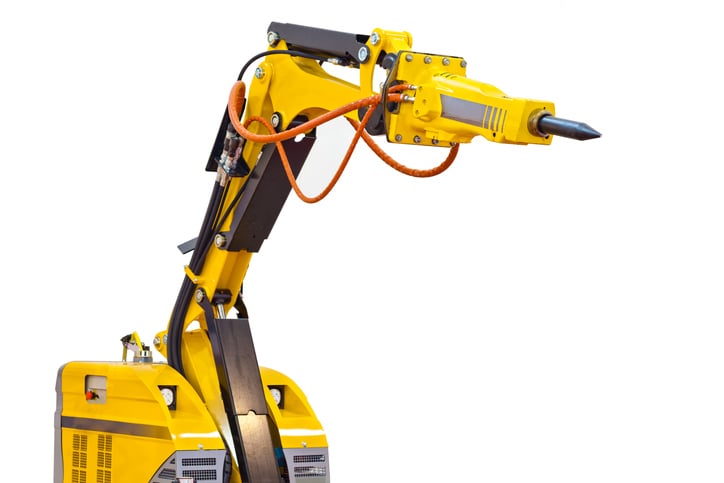
Science fiction has long foretold the dangers of artificial intelligence and hi-tech robots capable of progressive learning.
In Isaac Asimov’s I, Robot, robots are equipped with positronic brains capable of forming consciousnesseses. As these machines become more and more advanced, eclipsing human development, we are inevitably rendered obsolete, and must reckon with our inventions, as well as their existential implications. In James Cameron’s 1991 cinematic classic, T2: Judgment Day, the once-advanced Terminator robot, portrayed by Arnold Schwarzenegger, that was previously programmed to kill John Connor, has been reprogrammed with a much more improbable mission: Protecting John and his mother Sarah from a far more technologically sophisticated “T-1000” robot, composed of liquid metal, able to blend in by taking the form of anything it sets its radar on, and capable of rapid regeneration when sustaining injuries.
These defeatist, though warranted, interpretations of ethics of artificial intelligence and robotics are nothing new. It’s natural to worry about how technology can disrupt entire industries, take over, and displace us.
But I might offer a silver lining: With every new technology and the industry disruption it causes, the result is not existential doom and total annihilation like so many science fiction stories suggest, but rather, adaptation.
Experts agree. Recently, as part of their “ConTech Conversations,” Construction Dive interviewed Reza Akhavian, assistant professor of civil and construction engineering at San Diego State University, about the state of construction with regards to disruptive construction robots. The burning question: Are they going to displace workers?
According to Professor Akhavian, reported by Construction Dive, robots are “not close to replacing human workers,” expressing the best use of construction robots is one where we, “leverage their computational power and artificial intelligence to do the routine work and enable workers with human intelligence to improvise and act when uncertainty arises.” We’ve likely heard the horror stories about lethal self-driving cars. A similar headspace in construction automation is for robots to act in support of construction workers and skilled trades, helping enhance worker productivity, not to replace workers with robots, and leave them to their own devices to potentially wreak havoc on city infrastructure. You can read the full ConTech Conversations interview HERE.
With these talking points top of mind, it is our intent in this article to push this topic further by:
- Exploring why construction automation is beneficial.
- Exploring, in more detail, how construction robots and workers help each other, not replace each other.
- Discussing the major types of construction robots you might pursue to enhance your organization’s productivity.
1. Why Is Construction Automation Beneficial? Efficiency.
Automation in any industry, when first entertained, is greeted with a lot of headshaking, resistance, and fear. But as studies have shown, automation hasn’t been as doom and gloom for the workforce as that initial surface-level fear. Automation, after all, is not designed to replace workers, but rather toward “optimizing work” and reducing a lot of inefficiencies that make workers pull their hair out.
Some examples of automation “reskilling” industries:
- In manufacturing, jobs that once existed in droves, like linework, have been displaced by advances in automation technology, but this has also created growth for high-skilled workers.
- Artificial intelligence (AI) applied in the information technology (IT) sector shed some roles traditionally found in IT departments, but also introduced a growing need for high-paid machine learning engineers (in a sense, the engineers who train and oversee the robots; they’re the robots’ boss!) and automation engineers.
-
In construction applications (updated for 2023), a recent scholarly study was produced for the National Center for Biotechnology Information looking into the efficacy of robots on construction sites across Europe, Asia, South America, and the United States and evaluating for safety, quality schedule, and costs. The study found robots have the potential to reduce repetitive site work between 25 and 90% and reduce time spent on hazardous tasks by 72% on average, while accuracy was improved by 55% on average; rework was reduced by over 50%; schedules were reduced by 2.3 times with a median of 1.4x; and costs were reduced by 13%, with six cases that reduced it but four that increased the total costs.
Automation is an Important Tenet of Construction Technology
In our industry, a stark construction labor shortage has naturally caused a lot of unease and existential crises. However, it’s also led the charge, creating new, exciting technologies to improve processes as well as inventing entirely new roles to support them:
- A construction technologist, as an example, may act as your company’s ConTech liaison, operating somewhere between the IT department and the field, researching and implementing new tools and processes to adopt in support of creating productivity efficiencies.
- A BIM specialist is a practitioner of building information modeling (BIM) software that can be used to increase collaboration between clients and design teams, enhance quality assurance, and in service of BIM risk management.
- Additionally, quality assurance construction technology methods like 3D laser scanning (LIDAR) and augmented/virtual reality (AR/VR) can similarly display project plans in deeper dimensions for unconvinced clients. Seeing is believing, after all!
- Lean construction methods help small teams be agiler with the talent they have.
- Prefab construction and modular construction methods help outsource upfront assembly processes to support strapped construction teams more efficiently bring projects to completion within budget, on time, and with greater quality control.

Photo by Clayton Cardinalli on Unsplash
2. Robots are Construction Workers’ Direct Reports, Working in Support of Them, Not Replacing Them
In his Construction Dive interview, Professor Akhavian explains that construction robots, in his area of research, are best used to, “remove the burden from workers' backs and free them from strenuous work.”

Just as smart tools like our digital torque wrench can digitize old manual records keeping while helping prevent injuries from repeatable tasks, construction robots offer an existence where “repetitive and thus unsafe construction tasks […] can be robotized to protect workers' safety.”
In other words, in our industry, construction robots should be a welcomed partner capable of helping trades become more productive, not less employed.
Evaluating Automation: The Advantages & Disadvantages of Construction Robots
So, to recap: what are the advantages and advantages of construction robots?
It’s pretty simple.
- Advantages of construction robots: Automation allows repetitive tasks to be passed on to robots, enhances safety, reduces worker injuries, and boosts productivity.
- Disadvantages of construction robots: On the surface, the use of any sort of automation drives the worry that jobs will disappear. While we have discussed how, for the construction industry, replacing workers entirely with robots is not feasible at this juncture (beyond the basis for a good science fiction screenplay), construction automation nonetheless will remove the need for some construction laborer work. However, for our industry, this is mainly a welcomed state of affairs. With skilled labor shortages growing, and talent pools shrinking, setting the robots loose on repetitive, menial tasks helps lower injuries sustained by workers, while also refocusing your skilled trades on more complicated installations and sharing knowledge with new recruits—ultimately creating productivity efficiencies and helping to solve the talent pool dilemma.
3. Types of Construction Robots: How Are Robots Being Used in Construction?
There are generally 5 types of construction robots:
1. Demolition robots: As anyone in reno can vouch, the demo process, a necessary precursor to any project, is time-consuming and strenuous. Demolition robots can help improve efficiency and save time, one of many tools at your disposal to keep projects on schedule and keep your project team supported. Examples include Husqvarna's 315 Remote-controlled Demolition Robot and BROKK's 170. Though quite the steep upfront cost, commercial contractors may also consider equipment rentals as a secondary revenue stream while rolling them into their fleet.

2. Bricklaying robots help masons perform monotonous tasks more efficiently. Examples include Construction Robotic's SAM (short for semi-automated mason), which work alongside masons to increase productivity, as well as Australian company FBR's Hadrian that has helped build thousands of walls in Mexico.
3. Welding robots, similarly, help metalworking professionals and those prefab shops we discussed in the previous section of this article increase productivity. Examples include the FANUC ARC Mate robot series from FANUC, arc welding robots from KUKA, robotic welding solutions from Yaskawa Motoman, etc.
4. 3D printing and contour crafting robots: Another tool of prefabrication, 3D printing can help accelerate production while reducing associated waste of traditional construction.
5. Exoskeletons, ranging from limb supporting exoskeletons to full-body exoskeletons can be worn by construction workers and skilled trades to exponentially increase speed and output, and help prevent their bodies from sustaining injuries while handling heavy objects.
The Future: Construction Robots?
To quickly recap:
- Why are construction robots beneficial? Because they offer productivity efficiencies of automating time-consuming, strenuous, and often injury-prone tasks that would otherwise keep busy, often talent-starved construction teams bogged down.
- Should we be worried about construction robots replacing workers? No. Construction robots are intended to be used in support of construction workers, not to put valuable skilled tradespeople out of work. In an industry plagued by skilled labor shortages, construction robots are engineered to improve the overall efficiency of your crew by deploying them on repetitive work, and putting time back into your team’s day to focus on the more complicated tasks.
- What are the major types of robots doing construction?
- Demolition robots
- Bricklaying robots
- Welding robots
- 3D printing and contour crafting robots
- Exoskeletons
Let me leave you with a parting thought by Arthur C. Clarke, a quote I put on a syllabus years ago for a college writing class I taught that had an emphasis on new media studies: “Before you become too entranced with gorgeous gadgets and mesmerizing video displays, let me remind you that information is not knowledge, knowledge is not wisdom, and wisdom is not foresight. Each grows out of the other, and we need them all.”
Or another by fictional product manager Joe MacMillan as seen on Halt and Catch Fire: “Computers aren’t the thing. They’re the thing that get us to the thing.”
Autonomous construction robots are the “staples of science fiction movies and cartoons” we most frequently associate, and fear, when we think of robots descending on the job. But just as artificial intelligence set loose on the written word yields but angsty bad poetry, construction robots, as Professor Akhavian notes, are far from perfect. But then, they weren’t invented as a replacement for but, rather, a tool in support of professional trades, to “upskill workers and enable improved safety, productivity and diversity on the jobsites.”
As we reflect on our industry that's plagued by skilled labor shortages, we might view construction robots as some thing that has grown “out of the other,” an inevitability that we need to combat in our fight for survival as an industry; or put another way, construction robots aren’t the “thing.” They’re the thing that gets us to the thing, the vessel through which we accomplish our ends.